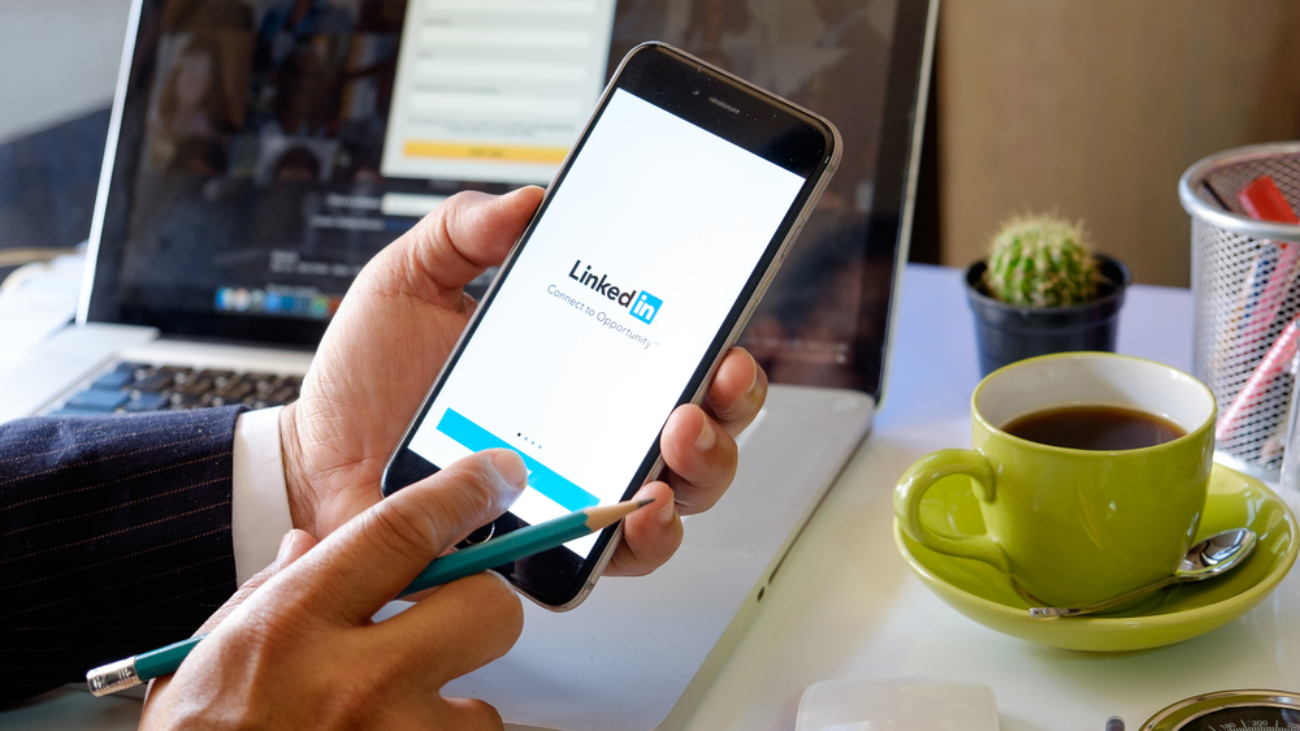 A picture may well be worth a thousand words, but would you believe videos are worth a whole lot more? And by a whole lot more, studies have shown that videos would be worth the equivalent of 1.8 million words, generating four times the listing enquiries that their text-based counterparts do.
A picture may well be worth a thousand words, but would you believe videos are worth a whole lot more? And by a whole lot more, studies have shown that videos would be worth the equivalent of 1.8 million words, generating four times the listing enquiries that their text-based counterparts do.
It goes without saying that using video in your real estate marketing strategy is crucial. Knowing how to incorporate it, however, is another task altogether. To give you a leg-up on the competition, we’ve compiled a list of the top 8 real estate marketing ideas that you should be using.
1) List and How-to Style Videos
They’re incredibly popular, and for a good reason, too. List videos have taken the world by storm, capitalising on our human urge to categorise information.
If you want to create great list-style videos, you need to deliver actionable insights to your audience. Doing so will leave them far more likely to engage with you, as well as view your brand as a subject authority.
2) Listing Videos
You’ve no doubt got some gorgeous properties on at the moment, so why not show them off a little? Get them in front of the market you’re trying to sell them to in an engaging, visually-stunning format with property listing videos. Not only do they sell the lifestyle the owner or tenant could experience, but they’re also incredibly memorable.
These videos can be uploaded to social media profiles and broadcast to your whole network, so they’re definitely worth the effort you’ll put into creating them.
3) Agent Profile Videos
When people are looking for property managers or real estate agents, they’re well aware that these are people they’ll have to spend a significant amount of time speaking with. That means they add value to finding someone who they think they can get along with.
Agent profile videos make that job a lot easier for them. It’s your chance to show off a little bit about who you and your team are, as well as your interests and hobbies. Your video should feature a quick, personable introduction about who you are, followed by some information on what sets you apart, as well as how you can help.
4) Behind the Scenes Sneak-Peek Videos
These are absolute goldmines for audience engagement. People use social media as a means of getting to know the businesses they’re considering working with, and an important part of that buying process is understanding their brand.
You can use video marketing as a way of giving your audience the insight they want. These can be pre-recorded or captured in the moment using a platform such as Facebook Live or Snapchat.
They don’t have to be long. They just need to serve the purpose of giving them a look at the side of your business people don’t usually see, such as setting up for an open home or getting involved in community events.
5) Suburb Synopsis Videos
What better way to sell a suburb than to show off its best parts? With a suburb overview video, you can do just that. Include footage of any areas that are relevant to a typical buyer’s decision-making process, such as schools, restaurants and transportation. You might also want to consider discussing local landmarks.
Suburb overview videos are great because they appeal not only to locals but to individuals from other areas looking to relocate. Be sure to get these videos on platforms such as YouTube to maximise your online reach.
6) Market Update Videos
If you’re already putting out blog posts and articles updating your audience on market trends, you’re half-way there! Now it’s time to repurpose those into a more engaging format.
You can use these videos to grow your email list, offering free market information in return for them subscribing.
7) Company Profile Videos
These are a no-brainer. They’re great for marketing your real estate agency and don’t take a whole lot of effort, either. They add social proof to your offering, convincing future customers that you’re worth their time, and they present you with an opportunity to showcase who your business is, what your mission is, and what you do best.
As an alternative to this, you can use this video as a way of exploring how your real estate agency came about, covering your story from the ground up to where you are today.
8) Q&A Videos
These go down a storm with audiences because it gives them the chance to ask you questions they care about and maybe can’t find the answers to online. They’re also great for social proof because they don’t let you hide behind a script. If you’re running a live Q&A via Twitter or Facebook Live, for example, you’ve got to answer the questions as they come. No chance to research, no option to skip – just you, proving you know your stuff.
Not only will this build brand trust, but it’ll also position you as an authority on a subject with your viewers. The next time they’re in the market for real estate services, they’ll be that much more likely to contact you over your competition.



 A picture may well be worth a thousand words, but would you believe videos are worth a whole lot more? And by a whole lot more, studies have shown that videos would be worth the equivalent of 1.8 million words, generating four times the listing enquiries that their text-based counterparts do.
A picture may well be worth a thousand words, but would you believe videos are worth a whole lot more? And by a whole lot more, studies have shown that videos would be worth the equivalent of 1.8 million words, generating four times the listing enquiries that their text-based counterparts do.
 Real estate is an industry built upon the trust between agent and client. It’s unfortunate then, that agents gain a bad reputation sometimes – causing consumers to actively be on the lookout for genuine companies who will operate in their best interests – and rightly so.
Real estate is an industry built upon the trust between agent and client. It’s unfortunate then, that agents gain a bad reputation sometimes – causing consumers to actively be on the lookout for genuine companies who will operate in their best interests – and rightly so.
 Have you taken the time to ask yourself if your real estate agency needs to redo it’s marketing strategy? Perhaps you don’t even have one and are looking to build a watertight marketing strategy for your agency.
Have you taken the time to ask yourself if your real estate agency needs to redo it’s marketing strategy? Perhaps you don’t even have one and are looking to build a watertight marketing strategy for your agency.
 If you’re looking for the most efficient and efficient marketing strategies available today, you should definitely be turning your sights towards social media.
If you’re looking for the most efficient and efficient marketing strategies available today, you should definitely be turning your sights towards social media.
 Social media moves as fast as the data getting communicated over the network — what might be hot news on a Friday afternoon might leave your engagement dead in the water.
Social media moves as fast as the data getting communicated over the network — what might be hot news on a Friday afternoon might leave your engagement dead in the water.
 Getting a high clearance rate is a priority for many real estate agents in Australia, but getting it to a point where you’re happy is easier said than done. So, what’s the trick that the country’s most successful agents are keeping secret?
Getting a high clearance rate is a priority for many real estate agents in Australia, but getting it to a point where you’re happy is easier said than done. So, what’s the trick that the country’s most successful agents are keeping secret?
 Landlords, tenants, vendors & buyers – it doesn’t matter. In 2017, you need to be able to communicate effectively with all of them, regardless of age, experience, or walk of life.
Landlords, tenants, vendors & buyers – it doesn’t matter. In 2017, you need to be able to communicate effectively with all of them, regardless of age, experience, or walk of life.